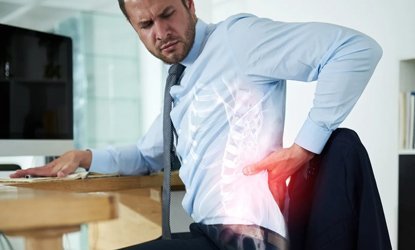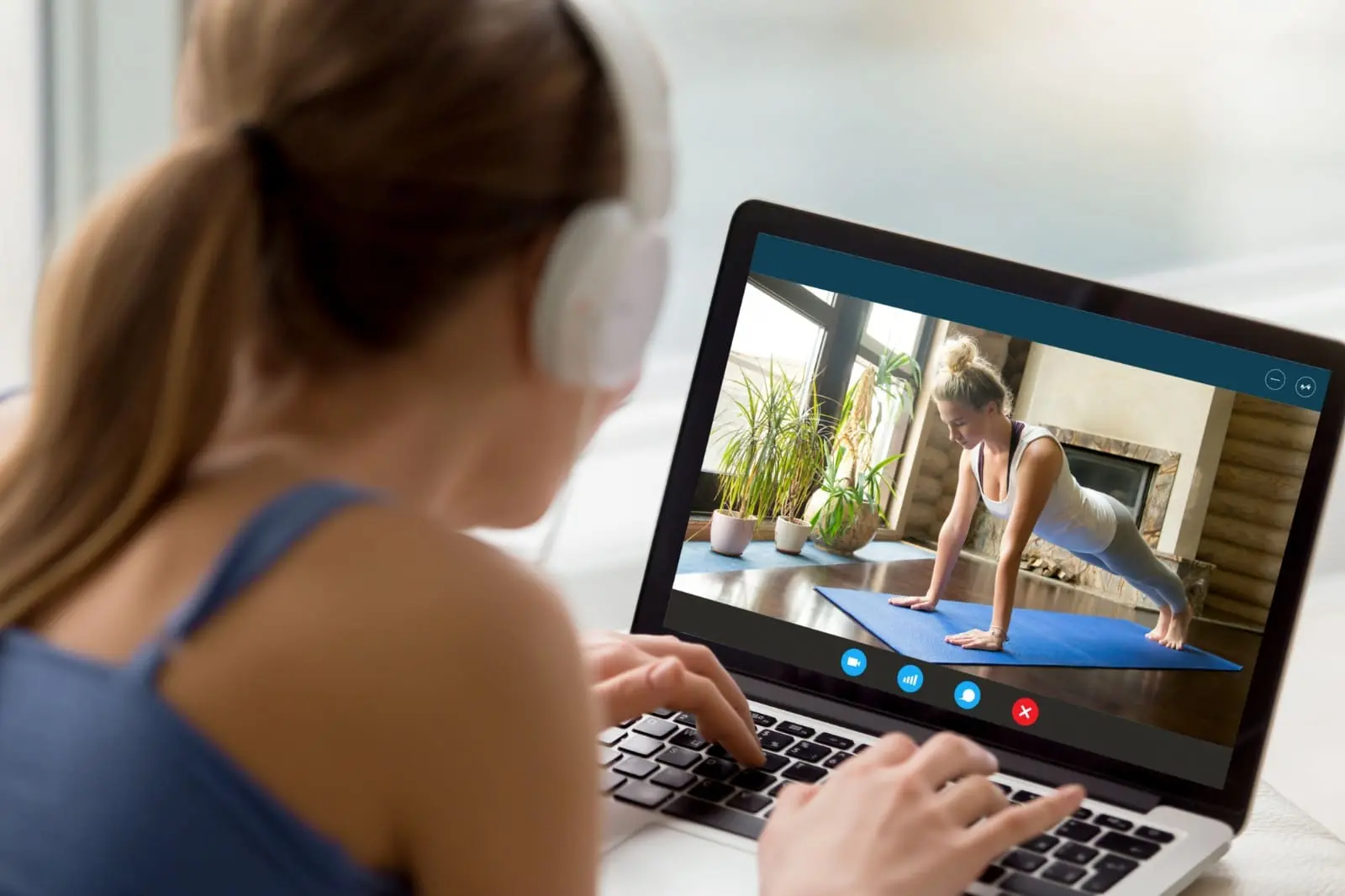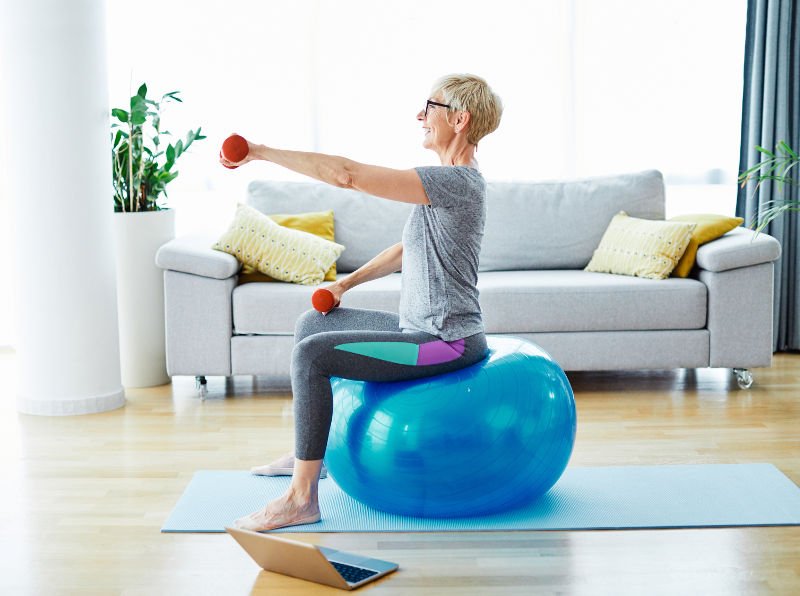Sedentary lifestyle is the most common
Sendentary Lifestyle and Back Pain :
Main Cause of Back Pain is Physically Inactive. How to manage and Role of Physiotherapy in Treating LBA
S edentary lifestyle is the most common and adaptive lifestyle in the modern world. It is the lifestyle which includes prolonged period of inactivity and sitting.
As most of the individuals spending most of their time using their mobile phones , laptops etc , using screen time for work , prolonged sitting working hours, watching television , playing videogames etc. All these factor will ultimately affect the mental and physical health of the individuals.
Prolonged sitting for work or during their leisure time leads to adaptation of improper or bad posture which ultimately affect the spine and physical health of the individual.
It may also associate with overweight, obesity, diabetes and cardiovascular disease.
Prolonged screen time also has a bad impact on individuals eye and brain which will ultimately affect the mental health.
Understanding Low back pain:
Low back pain is the pain that is present around the belt area of the spine. It may be defined as the pain present between the 12 th rib and gluteal creases.
Back pain is the most common or prevalent condition which impact the individuals quality of life.
Common causes for back pain are:
- Poor or bad posture
- Prolonged sitting
- Physical inactivity
- Sedentary lifestyle
- Lifting heavy weight
- Infection, tumor
- Structural changes
- Fracture
- Disc bulges
- Degenerative changes etc.
It can be broadly classified into 2 types:
1. Acute LBA- symptoms which lasts for only 6 weeks or short period of time.
2. Chronic LBA- Symptoms which lasts for more than 3 months or 12 weeks. It occurs due to underlying musculoskeletal condition or sedentary lifestyle.
Effects of sedentary lifestyle on spine :
1. Muscular imbalance and weakness: Sedentary lifestyle or prolonged sitting can lead some muscles of the back to get tighten or some get weaken which will ultimately lead to muscular imbalance in spine.
The flexors of hip, gluts and core muscles get weak due to underuse of these muscles and hip extensors and spinal erectors become tight and strained due to their overuse.
This imbalance ultimately leads to poor posture, decreased spinal stability and mobility, stiffness, weakness, and ultimately back pain.
2. Poor posture and spinal alignment : When we sit for longer periods of time, we never sit in a good ideal posture, we always sit in a slouched or bad posture.
This slouched posture or bad posture leads to forward head or rounded shoulders which will definitely alter the biomechanics or alignment of the spine. It will lead to changes in the curvature of the spine for example: increased kyphotic curvature in the thoracic spine and straightening of the lumbar curvature ultimate result in back pain.
This alteration in spinal alignment leads to increased weight distribution or stress on the spinal ligaments, spinal disc and muscles that are attached to the spine for their stability exacerbating the back pain.
3. Deconditioning : When the muscles of the back are not using regularly, they get weaker day by day and ultimately at one point they become deconditioned. This ultimately cause an increased risk of injury, decreased spinal mobility and stability, back pain and not able to do activities of daily living ( Adl’s).
4. Increased risk of obesity : An inactive or Sedentary lifestyle increased the risk of obesity which can place additional stress on the spinal ligaments, discs or muscles and the other joints.
Role of Physiotherapy in treating back pain :
Physiotherapy plays an important role in preventing and treating back pain.
Physiotherapist initially physically examines and find the root cause of the back pain and according to that make an tailored exercise program to strengthen your muscles. Physiotherapy helps to reduce the pain and helps to get you move again.
1. Strengthening exercise : Sedentary lifestyle leads to muscle weakness, deconditioning of the muscles and muscle imbalance. Strengthening of the weak core muscles, weak gluteal muscles and spinal muscles need to be done to decrease pain and increase spinal stability and mobility.
2. Aerobic exercise: This type of exercise helps to decrease the stiffness as it will keep the individual moving and increase the heart rate . It will also helps to manage weight and thus reduces back pain.
Initially, low impact aerobic exc are done such as walking, swimming, using exc bikes and step machines.
3. Stretching exercises : It will help in improving spinal mobility, reduce pain and stiffness as some of the spinal muscles get tighten or shorter due to their overuse.
4. Manual therapy : Various manual techniques like spinal mobilization and soft tissue manipulation were used to improve spine stability, increase spine mobility, improves blood circulation and thus reduces pain and stiffness.
5. Electrotherapy: various modalities like TENS, US, etc are used to reduce pain and stiffness.
6. Ergonomic and workplace optimization
7. Creating a Balanced lifestyle






